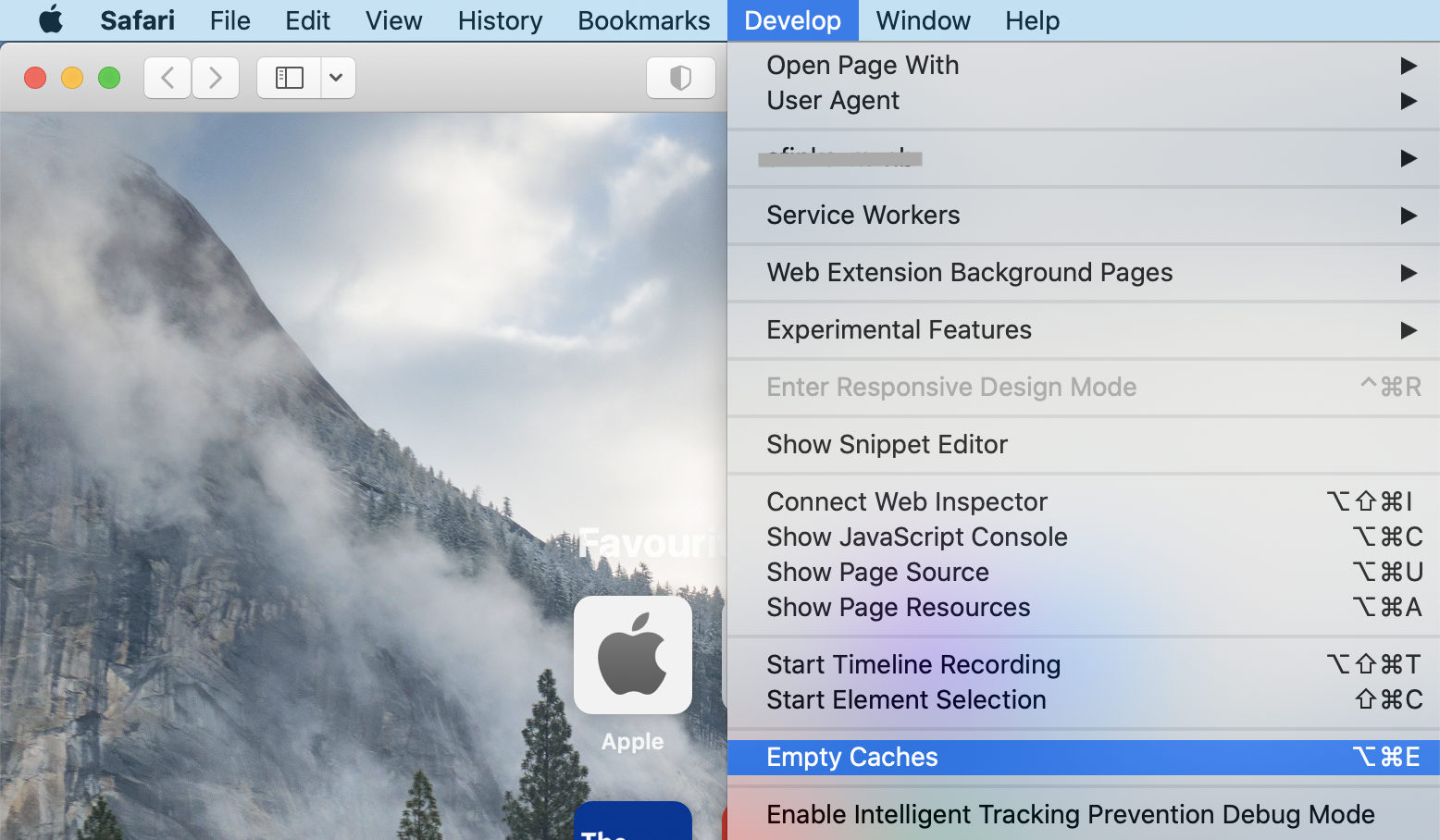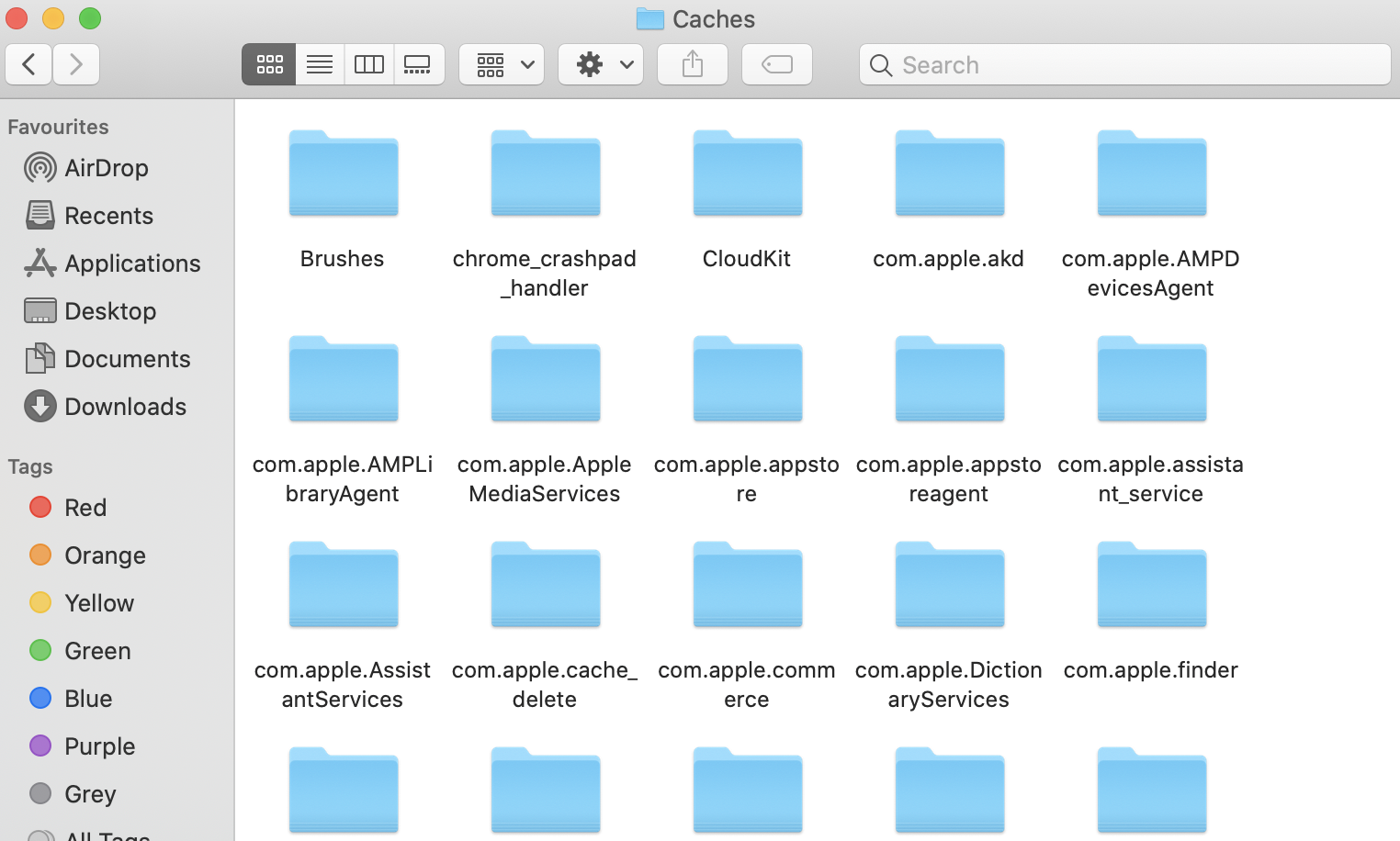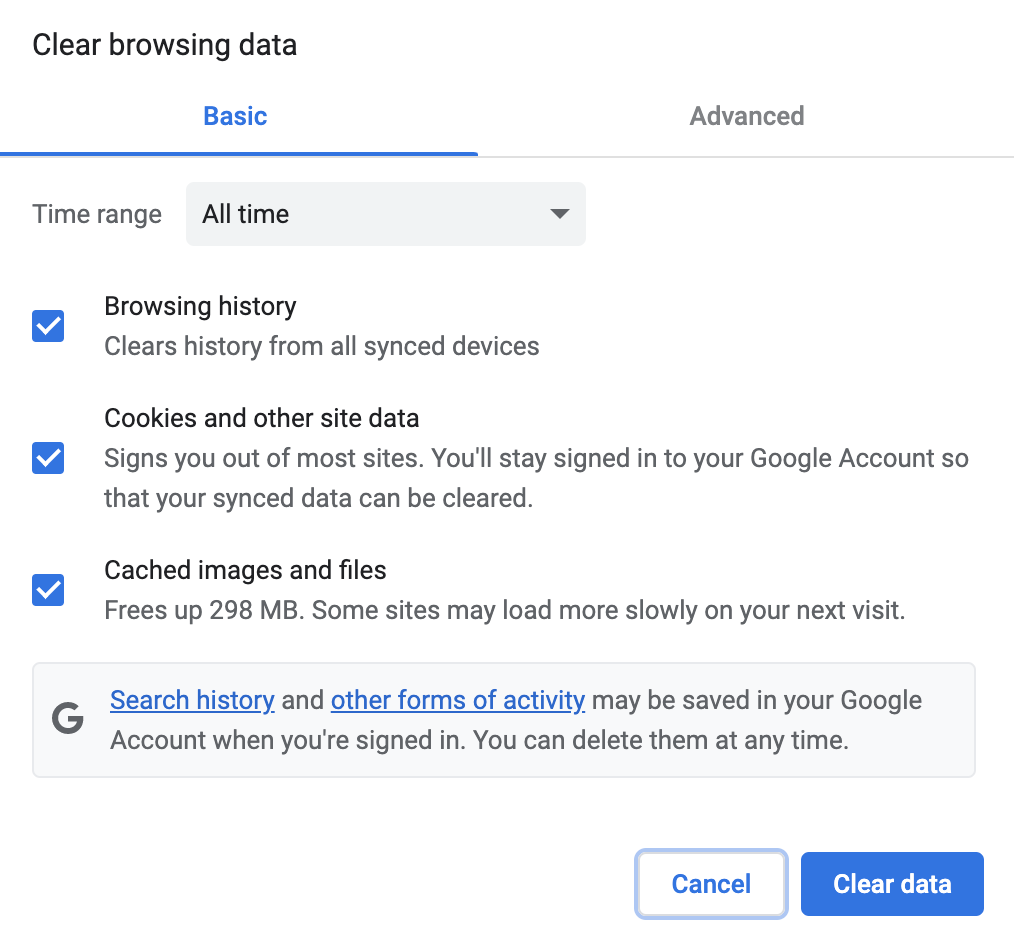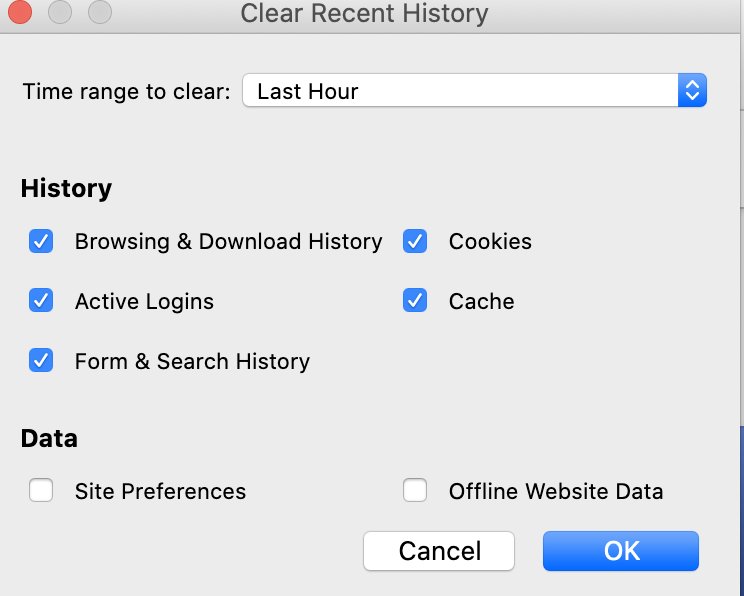
Your Mac is fast… until it isn’t. Over time, cached files pile up from apps, browsers, and background services, quietly taking up gigabytes of space. On newer M1 and M2 Macs, those files can even slow Spotlight indexing and AI tools like ChatGPT desktop or Final Cut’s machine learning features. Clearing your cache safely isn’t about “cleaning for cleaning’s sake” but it’s about keeping your Mac running at peak performance without breaking anything important.
All operating systems use cached files for better performance. Caches can be described as small areas where a computer stores data that probably will be used again. For example, they save data from the websites you open, so they load faster when you revisit those domains.
Your computer stores system, browser, and app cache files on your hard drive in several locations. All this data is helpful, but with time, it can pile up and take up too much space or affect the performance of your machine. That is why learning how to clear the cache on Mac is important for computer maintenance.
Is it Safe to Clear Cache on Mac?
Even though it is usually safe to clear the cache, you should still be careful when deleting data on your computer. Be attentive and select only the file you intend to erase for removal.
You shouldn’t face any issues when removing the browser cache and system files in folders /Library/Caches/ and ~/Library/Caches/. But take a closer look when clearing the app cache of software you constantly use since the developers sometimes use cache folders for important files.
When handling cache files, be careful with folders linked to important system operations. Deleting the wrong files can lead to unexpected app behavior.
It’s wise to review the cache carefully before deletion, especially for applications you use frequently. These files may store key information needed for the app’s proper functioning.
You can also create a backup or a copy of the folders before the removal so you can revert the changes in case anything goes wrong.
Benefits of Clearing Cache Regularly
Clearing cache regularly can enhance your Mac’s performance by freeing up valuable disk space. This process helps your computer run efficiently and prevents unnecessary slowdowns.
It also protects your privacy by removing stored data related to your browsing habits. Regular cache clearing can be part of your maintenance routine to ensure a smoother computing experience.
Many of today’s creative and AI-driven tools – from Canva’s desktop app to Lightroom, Slack, and even local AI assistants – store heavy cache folders for quick previews and model data. They make everything feel fast at first, but over time those folders balloon. Periodic clearing helps reclaim space while keeping sensitive temporary data private.
How to Clear System Cache on Mac
System cache files help maintain your Mac’s excellent performance, so there is rarely a need to delete them. But with time, it can pile up and clutter your disk space too much.
So here is how you can clear the system cache on your Mac:
- Open Finder and choose Go > Go to Folder
- Type ~/Library/Caches in the pop-up window
- Click on Go to open the Caches folder.

In this folder, you can delete any cache files you don’t want on your computer.
Important note – On Apple silicon models, avoid deleting system caches inside /System/Library/ as macOS automatically manages these. Stick to user-level and app-specific caches only.
Automated Tools for Clearing Cache
MacOS now includes background optimization that purges unused cache files when storage runs low, but you can still stay ahead. Tools like CleanMyMac X or DaisyDisk use smart scanning to identify safe-to-remove caches while protecting vital app data. If you prefer manual control, our rule of thumb is simple: delete only what you recognize or can quickly rebuild on relaunch.
Clearing browser and app caches can remove locally stored login tokens, chat snippets, or form data. For people using cloud-connected tools, that’s a simple extra layer of privacy hygiene.
How to Clear Application Cache on Mac
Every app on your computer saves its individual cache files. Similar to system caches, there is no need to clear them regularly. But it might be a good idea if it takes too much space or the application lags or works incorrectly.
So here is how you can clear the app cache on your Mac:
- Open finder and click on Go > Go to Folder
- Type /Users/[YourUserName]/Library/Caches in the window that appears
- Click on Go to open the Caches folder.

In this folder, look for the files with the app name for which you want to clear the cache. You can then simply drag those items to Trash and empty it to delete the files completely.
How to Clear Browser Cache on Mac
Browser content caching helps speed up web pages’ loading time and save you bandwidth. In general, this is a useful feature that improves your online experience. However, you should clear your cache if it takes up too much disk space or if you want to protect your privacy and delete your Internet activity.
Below are the instructions on how to clear caches in the most popular browsers on Mac, including Safari, Google Chrome, and Firefox.
How to Clear Cache in Safari:
- Click on Safari at the top left of your screen
- Select Preferences from the drop-down menu
- Go to Advances and put a checkmark near “Show Develop menu in menu bar”
- Now click on Develop at the top left
- Click on Empty Caches to delete Safari cache files.
How to Clear Cache in Google Chrome:
- Click on the three vertical dots icon (⋮) at the top-right of Google Chrome
- Select Go in the drop-down menu
- Click on Privacy and security and press on Clear browsing data
- Choose the Time range you want to apply when deleting caches
- Put a checkmark near the Cached images and files
- Click on Clear data at the bottom to remove the cache.

How to Clear Cache in Firefox:
- Click on History at the top-left of the screen and choose Clear Recent History
- Select the preferred Time range to clear
- Put a checkmark near Cache and click on OK.

Best Practices for Cache Management
Adopt best practices for efficient cache management. Schedule routine cleanups and consider backing up folders before large deletions.
Focus on removing caches only when necessary, such as when space runs low or application performance dips. This approach keeps your system organized while minimizing data loss.
Summary
Think of cache clearing like decluttering your workspace. Do it occasionally, not obsessively! Clearing the cache is one of many useful Mac cleaning methods that helps to save free disk space and keep your machine running smoothly. If done correctly, removing the cached files on Mac is safe. Carefully following the instructions will ensure you delete only intended files and don’t harm your system. You can also back up your computer before removing any data.
Last Updated on November 12, 2025 by Becky Halls

0 thoughts on “How to Safely Clear Cached Files on Your Mac”